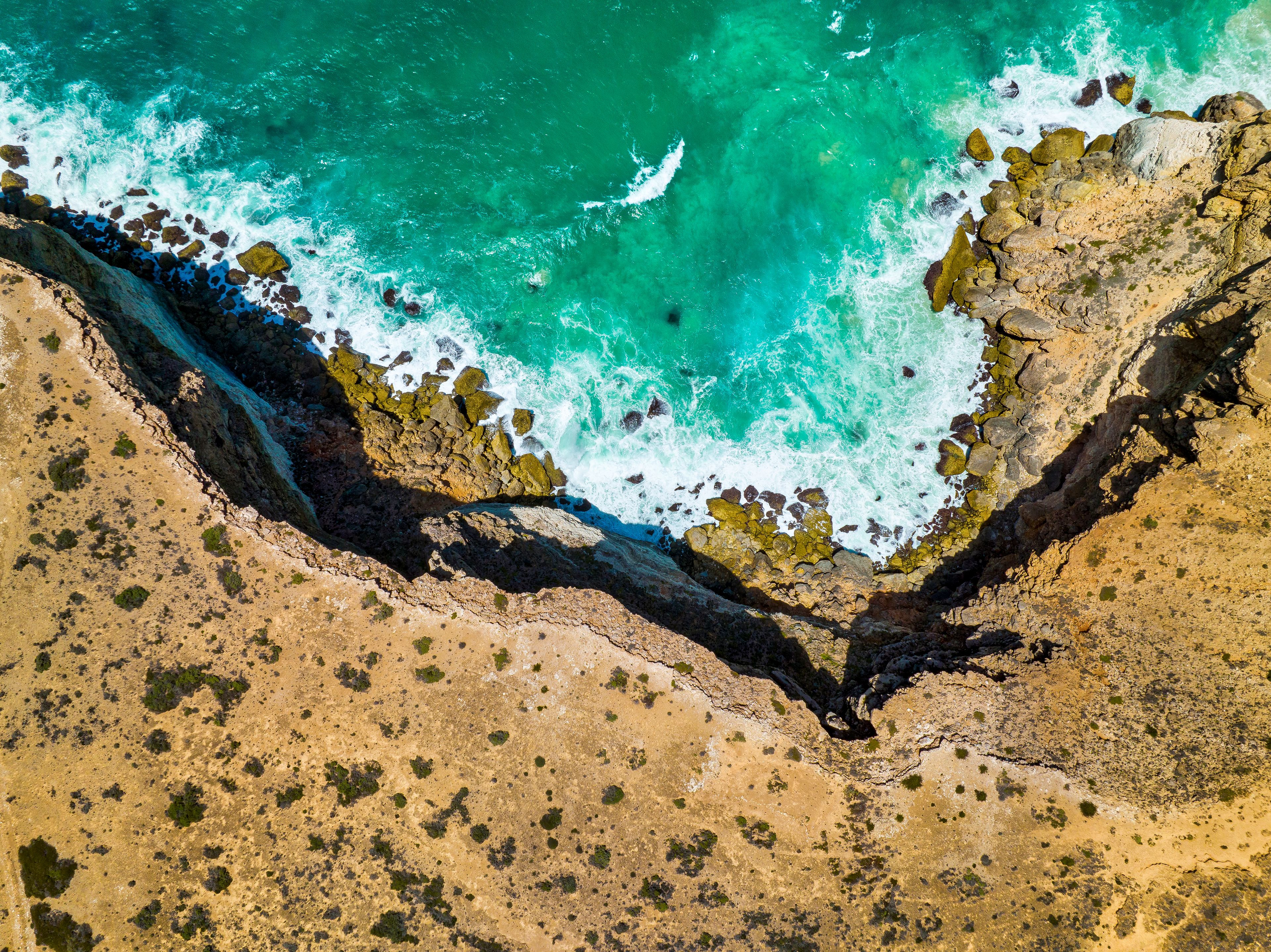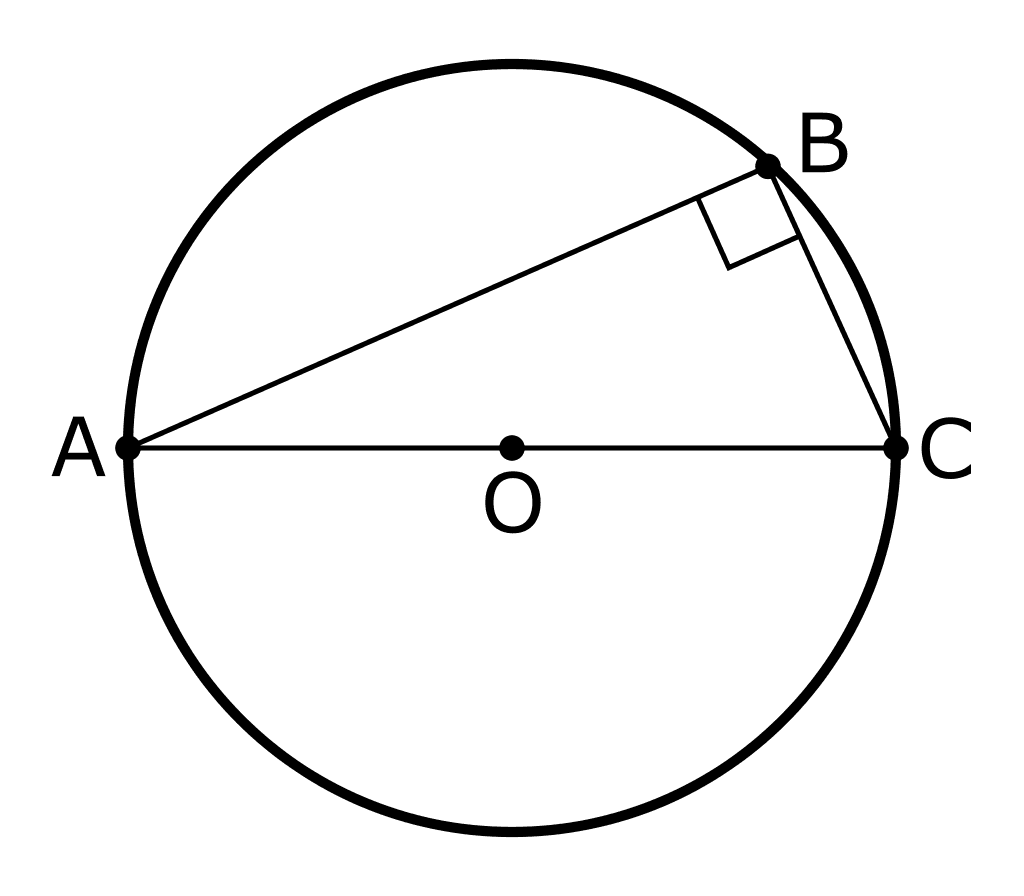Home/Curriculum resources/Geometry of water sources and landforms/Activity 3 - Interesting attribute of a circle
Learning Area:
Mathematics
Year level:
Level 10

Activity 3 - Interesting attribute of a circle
This activity is a part of the Geometry of water sources and landforms resource.
Great Australian Bight, Nullabor, South Australia. Photographer: Robbie Goodall. Source: Getty Images. Used under licence.
In this final activity, students will create three circles with different radii, mark four points around each circle to construct ABC triangles, and use a protractor to measure the angle ABC. As an extension, they will prove that the angle ABC is always 90° using Pythagoras' Theorem: (length AC)² = (length AB)² + (length BC)².
Step by step guide
Step 1: Measuring angles of different circles
For any position of point B around the circle the angle ABC is always 90°. This property has many useful applications in maths, science, engineering and design.

Fig 1: Thale's Theorem. Image: Wikipedia. Used under license.
Construct 3 circles of different radiuses. Mark 4 random points around the circle and construct the ABC triangles. Using a protractor measure the angle ABC.
Step 2: Possible extension
Prove the angle ABC is always 90° using Pythagoras Theory:
(length AC)2 = (length AB)2 + (length BC)2
Related activities within this resources:

Activity 1 - Calculate the area and volume for typical water body shapes
Students will calculate the area and volume for different water body shapes, including small rock holes, semi-permanent waterholes, and large permanent waterholes, considering dimensions, slope angles, surface areas, and water sustainability for groups of ten people.

Activity 2 - Calculate angles and distances of ascent and descent
Students will calculate angles and distances of ascent and descent for traversing steep terrain to access waterholes.

Activity 4 - Possible further activity
In this extension activity, students will utilise State/Federal water resource databases to access time series monitoring data for known water sources, statistically analyse the data to determine mean, minimum, and maximum values, explore relationships between water quality and quantity variables, and draw conclusions about the suitability of these water resources for potable water.